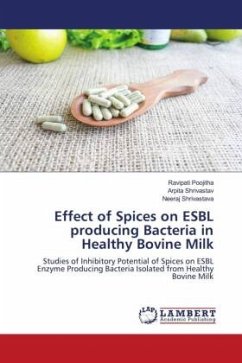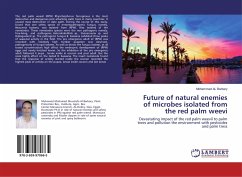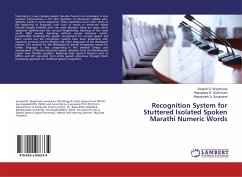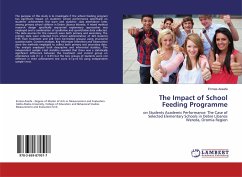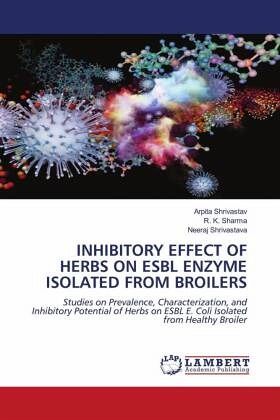
INHIBITORY EFFECT OF HERBS ON ESBL ENZYME ISOLATED FROM BROILERS
Studies on Prevalence, Characterization, and Inhibitory Potential of Herbs on ESBL E. Coli Isolated from Healthy Broiler
Versandkostenfrei!
Versandfertig in 6-10 Tagen
40,99 €
inkl. MwSt.

PAYBACK Punkte
20 °P sammeln!
Antimicrobial resistance has become a burning issue in humans and animals. Extended-spectrum beta-lactamase is produced by certain bacteria which has the capacity to inhibit the effect of third-generation cephalosporins and beta-lactam antibiotics. E coli being an indicator organism if it produces extended-spectrum beta-lactamase enzyme in healthy broilers it could be very alarming. The present study was conducted on caecal samples collected from freshly slaughtered healthy broilers, characterized both phenotypically and genotypically. The beta lactamase enzyme obtained was studied for the inh...
Antimicrobial resistance has become a burning issue in humans and animals. Extended-spectrum beta-lactamase is produced by certain bacteria which has the capacity to inhibit the effect of third-generation cephalosporins and beta-lactam antibiotics. E coli being an indicator organism if it produces extended-spectrum beta-lactamase enzyme in healthy broilers it could be very alarming. The present study was conducted on caecal samples collected from freshly slaughtered healthy broilers, characterized both phenotypically and genotypically. The beta lactamase enzyme obtained was studied for the inhibitory effect of oil of Syzigium aromaticum, fruit peel juice of Punica granatum, and fresh leaves juice of Ocimum sanctum through invitro methods like the Iodometric method and colorimetric method. The genes involved in the study were blaTEM, blaCTX, and blaSHV.The study revealed the inhibitory effect of syzigium aromaticum was maximum and that of Ocimum sanctum was lowest. Combining all these herbs proved to be better than each herb.



